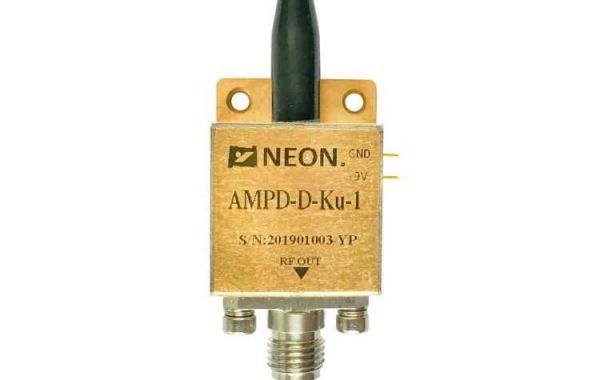This paper demonstrates a high-speed broadband photodiode based on a vdW p-WSe2/n-Ge heterojunction.
Photodiodes with long n-Ge regions of low doping (LD) concentration exhibit fast response times (≈3 µs) and moderate responsivity (≈1.3 A W-1) in the visible range (520 nm) and in the IR range Response time (≈30 µs) and responsivity (6.4 A W-1) within (1550 nm).
In addition, photodiodes with highly doped (HD) concentration short n-Ge regions and moderately doped (HD_diff.) middle n-Ge regions were fabricated and compared. Although p-WSe2/n-Ge(HD) photodiodes show similarly fast response times, they suffer from poor responsivity and infrared detection range due to the shorter n-Ge region and narrow depletion width.
The p-WSe2/n-Ge(HD_diff.) photodiode exhibits responsivity and infrared detection range, which are attributed to its wider n-Ge region and depletion width.
Furthermore, DFT theoretical calculations show that the conduction and valence band offsets between p-WSe2 and n-Ge remain unchanged regardless of the doping concentration of the n-Ge region. Therefore, a similar fast transient photoresponse is expected, which is another important advantage of p-WSe2/n-Ge heterojunction-speed photodiodes.







